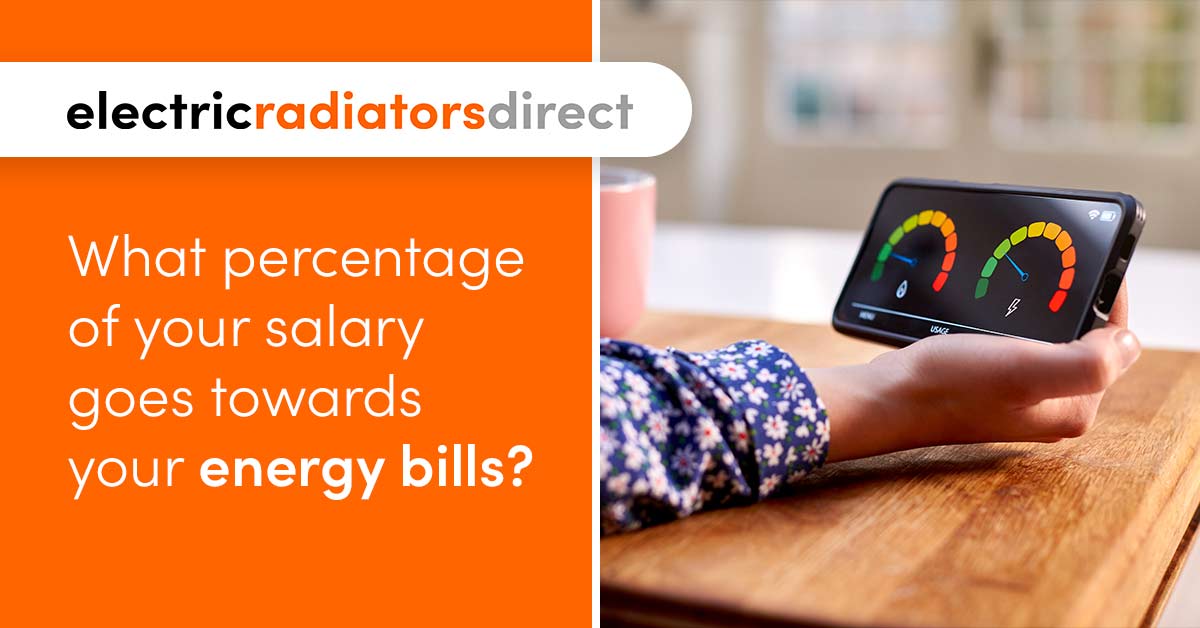

With the recent drop in the energy price cap from 1st April, British households are finally beginning to see a welcome decrease in their energy bills. The reduction – a significant 12% – and the recent National Insurance drop to 8% brings potential savings for families across the nation, promising a lighter burden on monthly budgets.
However, as energy prices continue to ebb and flow across the UK, the question arises: where exactly are households feeling the greatest squeeze? To shed light on this, our latest study unveils the reality of energy expenditure across various UK regions. As we take a closer look at the data, uncovering which regions are allocating the highest proportions of their earnings to gas and electric bills, we paint a clearer picture of the differences in energy affordability throughout the country.
In this article
How have our energy bills changed since the April price cap?
How much of your wage goes towards energy bills?
The locations spending the most of their salary on energy bills this year
The locations spending the least amount of their salary on energy bills this year
What is the situation in major cities?
Measures that can be taken to soften the blow of energy bills
About our research
To uncover this information, we gathered the most recent ONS data on average incomes across 198 locations in England, Wales, and Scotland, alongside average energy costs in each region. Subsequently, we calculated the net take-home salary in each area after taxes, and projected potential energy bills for these regions based on their average level of consumption. We’ve then compared this data to our 2022 study, to illustrate the shifts in energy bills that households across the UK have seen in the past two years.
How have our energy bills changed since the April price cap?
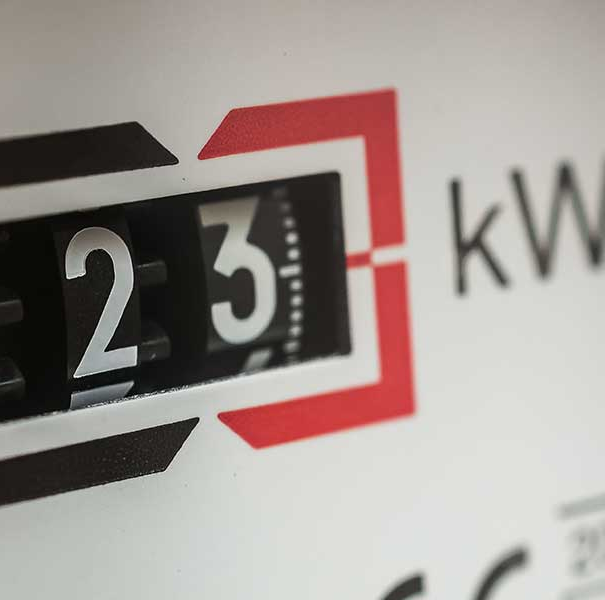

Our analysis revealed insights into the energy bill landscape across different regions, both before and after the 1st April price cap implementation. It’s positive news for UK energy consumers – with the new April 2024 price cap in place, the average energy bill (excluding Northern Ireland) is projected to drop to £1,532 from its pre-price cap level of £1,741.
Before the price cap, regions like the Southwest (£1,812), Wales (£1,799), and Scotland (£1,760) faced some of the highest energy bills in the UK. Nationally (excluding Northern Ireland), the average energy bill stood at £1,741. After the price cap, we have seen a significant decrease in expenditure across the board. For instance, the Southwest saw a notable drop to £1,594, while Wales and Scotland also experienced decreases to £1,583 and £1,549 respectively. This shift highlights the effectiveness of the price cap in reducing financial strain for consumers.
Comparing this to 2022 when energy bills were notably pricier, with the average UK bill reaching £1,994, certain regions like North Wales and Merseyside (£2,069), the Southwest (£2,062), and South Wales (£2,041) were facing particularly steep energy costs.
Analysing energy expenditure: How much of your wage goes towards energy bills?
Brits are now only allocating about 6.2% of their hard-earned income to cover energy bills.
When it comes to saving money after the 1st April, the good news keeps rolling in. Brits are now only allocating about 6.2% of their hard-earned income to cover energy bills, showing a significant improvement. In turn with the energy price reduction, the national insurance drop from 10% to 8% on the 6th of April has meant people are now taking home more money from their pay.
However, when compared to before the changes last month, it appears Brits were spending 7.2% of their earnings on energy bills. This means UK residents are now pocketing an extra £209 each year! Therefore, when it comes to the amount of our wage that goes on energy bills, our wallets are finally starting to breathe a sigh of relief across the nation. While this is an average calculated on a single salary and a total average household bill, once the cost was split between two people, energy bills are only taking around 3% of each adult's annual take-home pay going on energy bills.
The locations spending the most of their salary on energy bills this year
Residents of Wales are currently allocating the highest percentage of their take-home salary towards energy expenses.
Even though overall energy costs have proven to be on the decline since 2022, we were curious to uncover which regions in the UK are feeling the pinch the most when it comes to their household energy bills. Our research revealed that residents of Wales are currently allocating the highest percentage of their take-home salary towards energy expenses, with the typical household bill consuming 7% of the average income in the region.
Not far behind, individuals in the Northeast (6.7%) and the Southwest (6.7%) of England closely follow suit, highlighting the varying impact of energy expenses across different parts of the country. However, upon further analysis by specific locations, Oadby and Wigston in Leicestershire take the lead, spending 8.2% of their salary on energy bills. They are closely trailed by the town of Torbay in Torquay at 7.9%, and the Welsh towns of Vale of Glamorgan/Bro Morgannwg at 7.7%.
Before the energy price cap and national insurance reductions, residents of Oadby and Wigston, Torbay, and the Vale of Glamorgan/Bro Morgannwg area were grappling with energy bills devouring nearly 9% of their income.
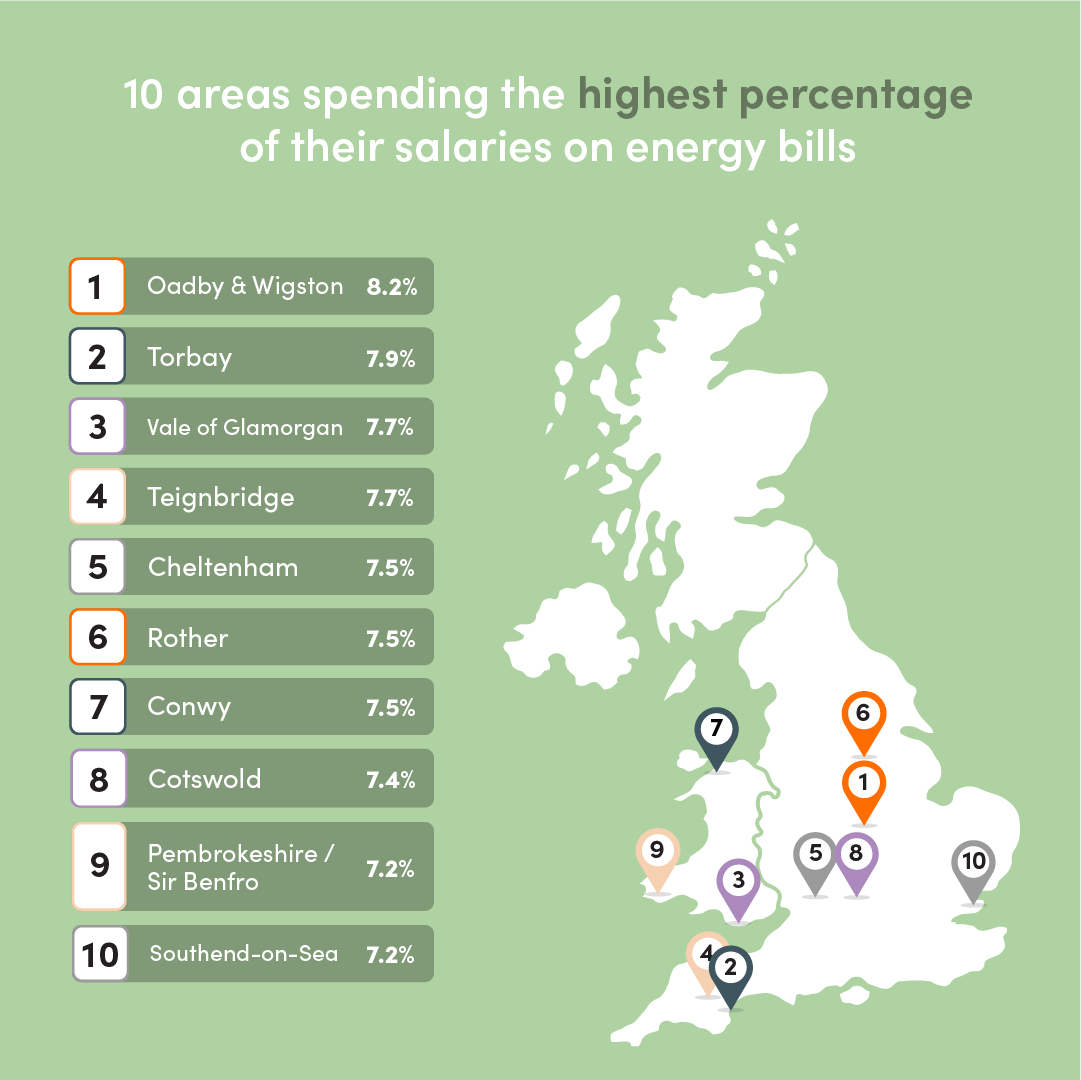

10 areas spending the highest percentage of their salaries on energy bills
1. Oadby and Wigston – 8.2%
2. Torbay – 7.9%
3. Vale of Glamorgan – 7.7%
4. Teignbridge – 7.7%
5. Cheltenham – 7.5%
6. Rother - 7.5%
7. Conwy - 7.5%
8. Cotswold – 7.4%
9. Pembrokeshire / Sir Benfro – 7.2%
10. Southend-on-Sea – 7.2%
Back in 2022, our study revealed a significant surge in energy bill prices, with certain areas spending over a tenth of their salaries on energy costs. The average person was spending 9% of their salary on energy bills in 2022 compared to 6.2% in 2024, a healthy 3% reduction.
Rother and Cotswold shared the top spot for areas with the most proportion of salary spent on their energy bills, with residents shelling out 12.3% of their income for energy bills. Both still remain in the top 10 but with a reduction of nearly 5% of the salary spent on energy bills.
They were closely followed by Maldon at 12%, who have now dropped out of the top 10 altogether. Southend-on-Sea weren’t far behind, with residents allocating 11.9% of their income to energy expenses which is now placed 10th with 7.2% of their salary spent on energy bills.
The locations spending the least amount of their salary on energy bills this year
Residents of the City of London are the lowest spenders overall, with just 3.4% spent on bills.
The salaries of London are generally much higher compared to the rest of the country, so it is no surprise that regions of London are the locations spending the least amount of salary on energy bills. Residents of the City of London are the lowest spenders overall, with just 3.4% spent on bills. Tower Hamlets and Westminster complete the three lowest spenders, with just 3.6% and 4.1% of their salary being spent on energy bills since the new price cap.
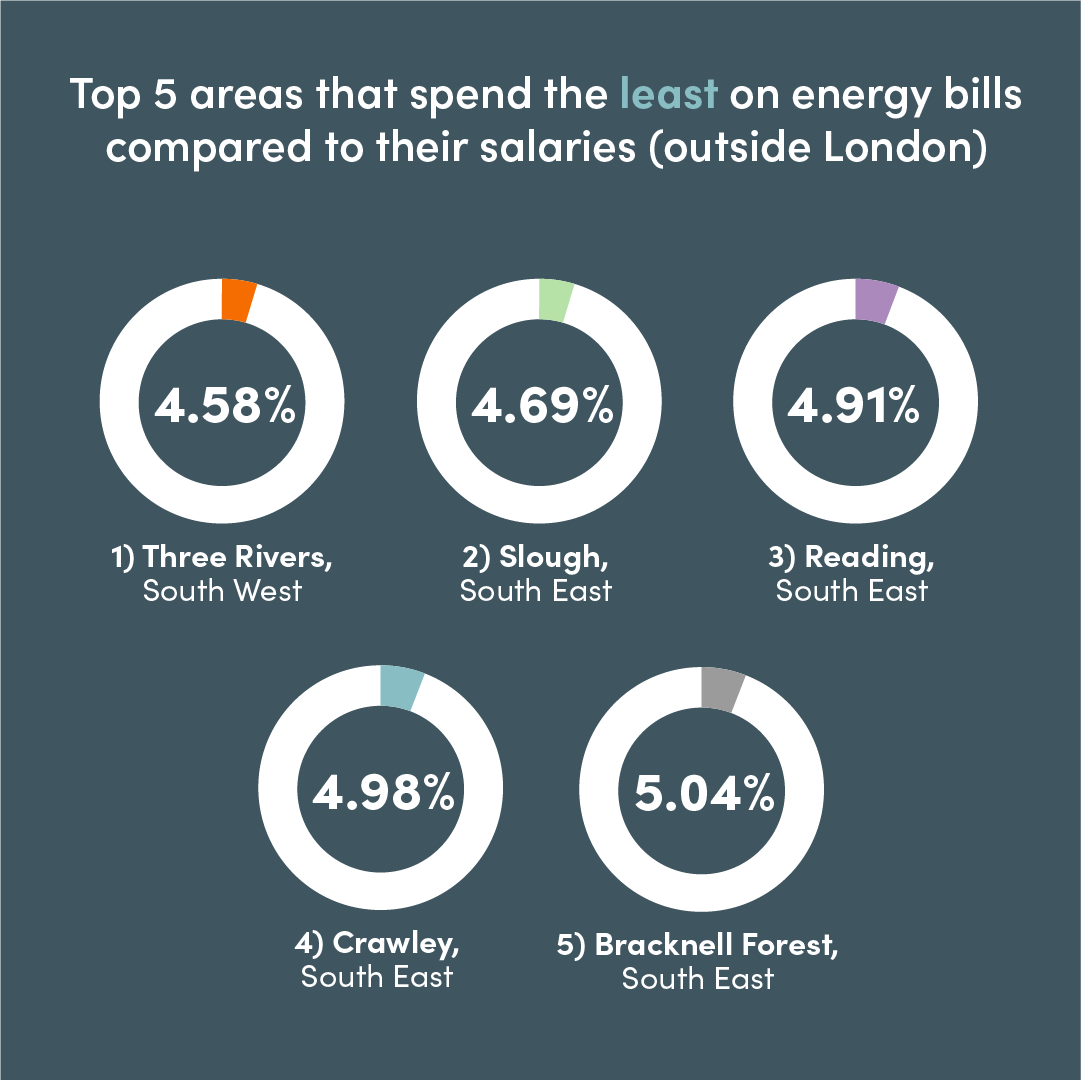

Top 5 areas that spend the least on energy bills compared to their salary (outside of London)
1. Three Rivers, South West - 4.58%
2. Slough, South East - 4.69%
3. Reading, South East - 4.91%
4. Crawley, South East - 4.98%
5. Bracknell Forest, South East - 5.04%
It is the locations in the Southeast that spend the least amount of their salary on energy bills, but Three Rivers located in Hertfordshire (Southwest) tops the list, spending just 4.58% of their salary on energy bills – nearly 2% less than the national average.
What is the situation in major cities?
When we look at the findings for the bigger cities, it is residents of Sunderland who are forking out the highest percentage of their take-salary on energy bills, closely followed by Preston and Bradford. The majority of the cities that are spending the most on energy bills in relation to their salary are based in the midlands or further north.
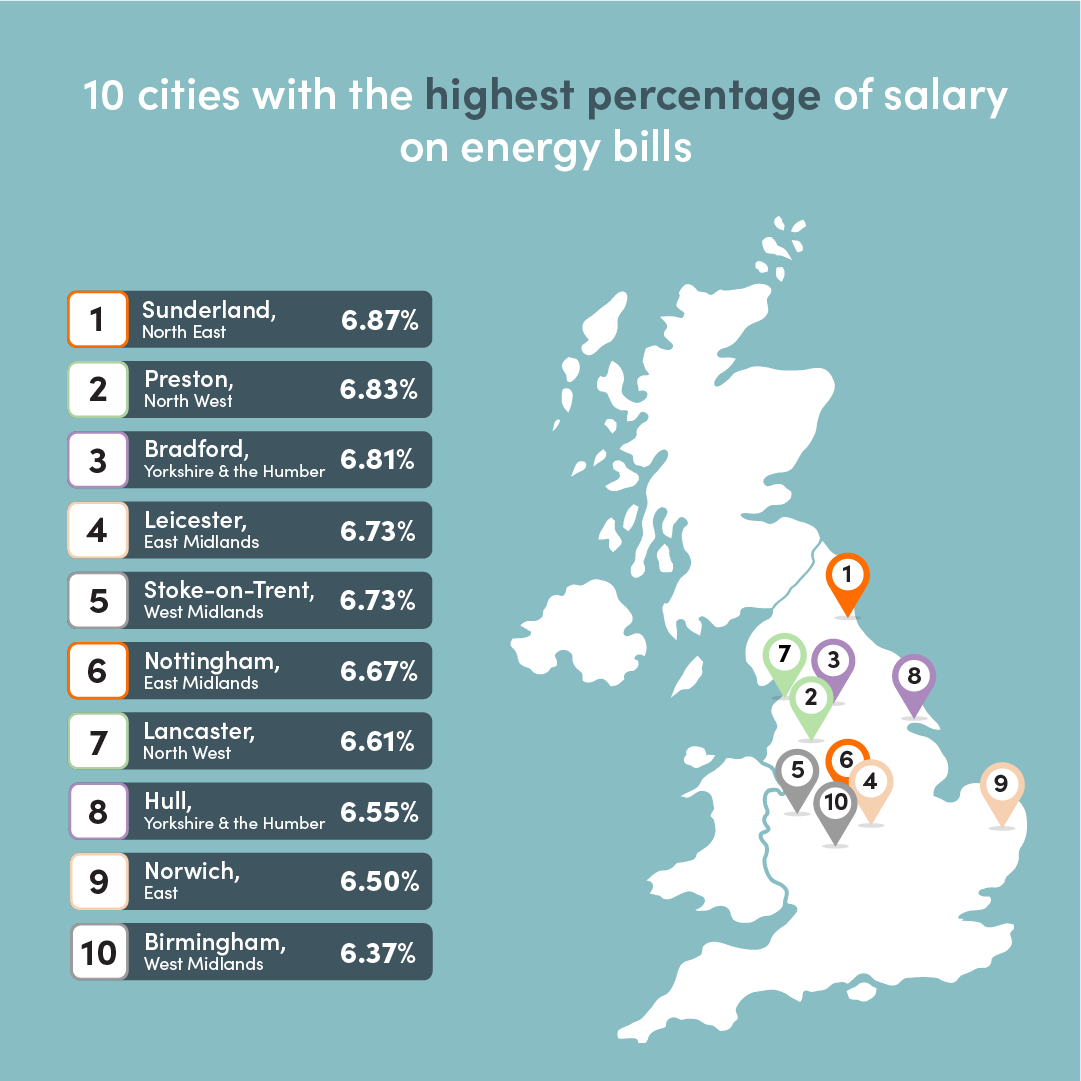

10 cities with the highest percentage of salary on energy bills
1. Sunderland, North East - 6.87%
2. Preston, North West - 6.83%
3. Bradford, Yorkshire and the Humber - 6.81%
4. Leicester, East Midlands - 6.73%
5. Stoke-on-Trent, West Midlands - 6.73%
6. Nottingham, East Midlands - 6.67%
7. Lancaster, North West - 6.61%
8. Hull, Yorkshire and the Humber - 6.55%
9. Norwich, East - 6.50%
10. Birmingham, West Midlands - 6.37%
Apart from London, the city that spends the lowest percentage of energy bills is Oxford, only spending 5.17% of their salary on paying gas and electric bills. Coventry (5.2%) and Cambridge (5.43%) make up the top three, sitting 1% below the national average of salary spent on energy bills, with Manchester in 4th with residents spending just 5.5% of their salary on monthly energy bills.
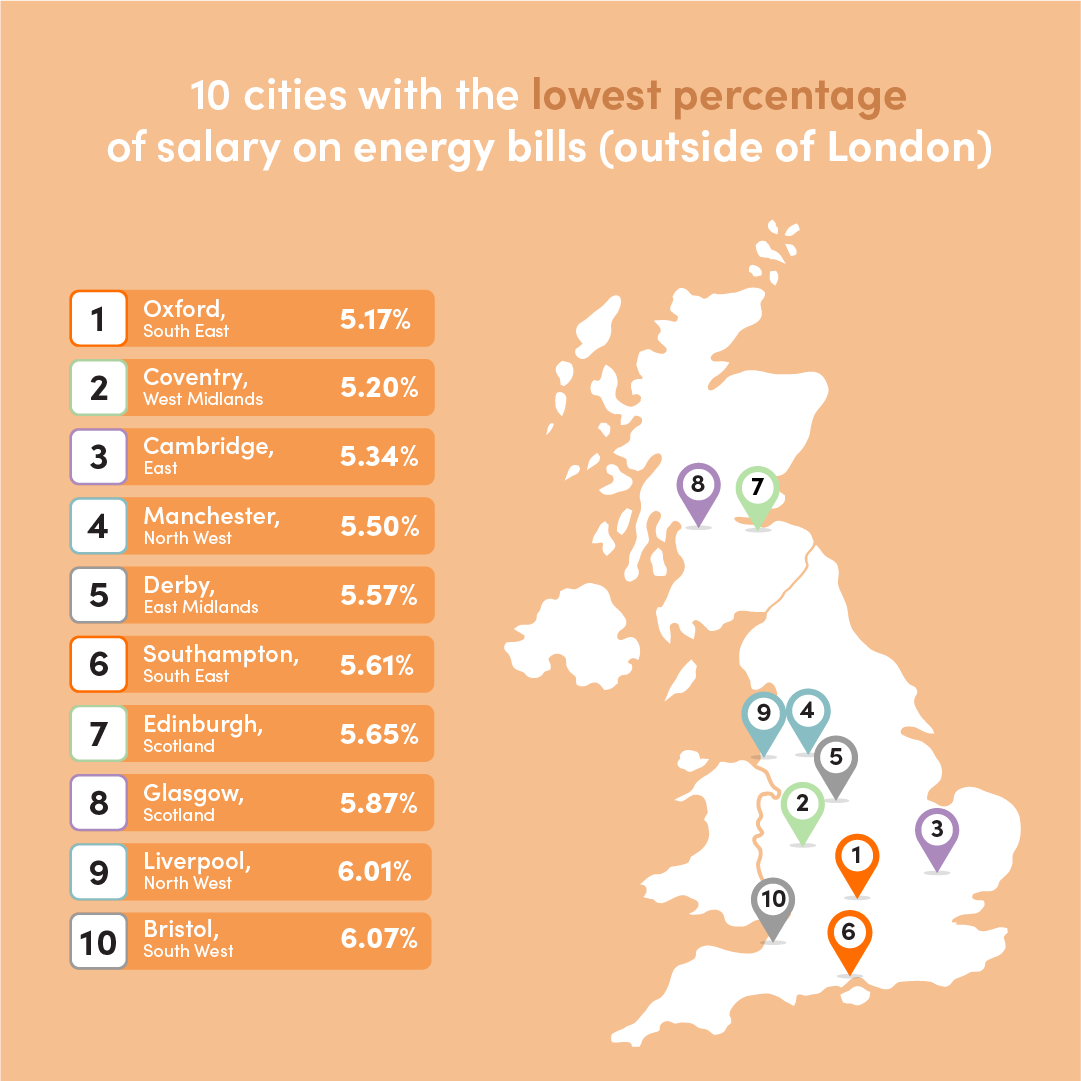

10 cities with the lowest percentage of salary on energy bills (outside of London)
1. Oxford, South East - 5.17%
2. Coventry, West Midlands - 5.20%
3. Cambridge, East - 5.34%
4. Manchester, North West - 5.50%
5. Derby, East Midlands - 5.57%
6. Southampton, South East - 5.61%
7. Edinburgh, Scotland - 5.65%
8. Glasgow, Scotland - 5.87%
9. Liverpool, North West - 6.01%
10. Bristol, South West - 6.07%
When comparing how much cities are spending on energy bills to the 2022 report, Bradford has been knocked off top spot for highest percentage of their wage spent and has moved to third, now spending 6.81% compared to 10.5% in 2022.
Sunderland has moved up to the city spending the highest percentage of their earnings on gas and electricity bills, they currently spend 6.87% but this is still a huge reduction from the 10.5% residents were spending back in 2022.
For the cities spending the lowest percentage, Oxford residents top the rankings spending just 5.17% compared to Derby who took top spot back in 2022 spending 8.2%. This highlights how much less UK residents are now spending on energy bills, as that would be the highest percentage figure in the 2024 findings.
Measures that can be taken to soften the blow of energy bills
When we look at the findings for the bigger cities, it is residents of Sunderland who are forking out the highest percentage of their take-salary on energy bills, closely followed by Preston and Bradford. The majority of the cities that are spending the most on energy bills in relation to their salary are based in the midlands or further north.
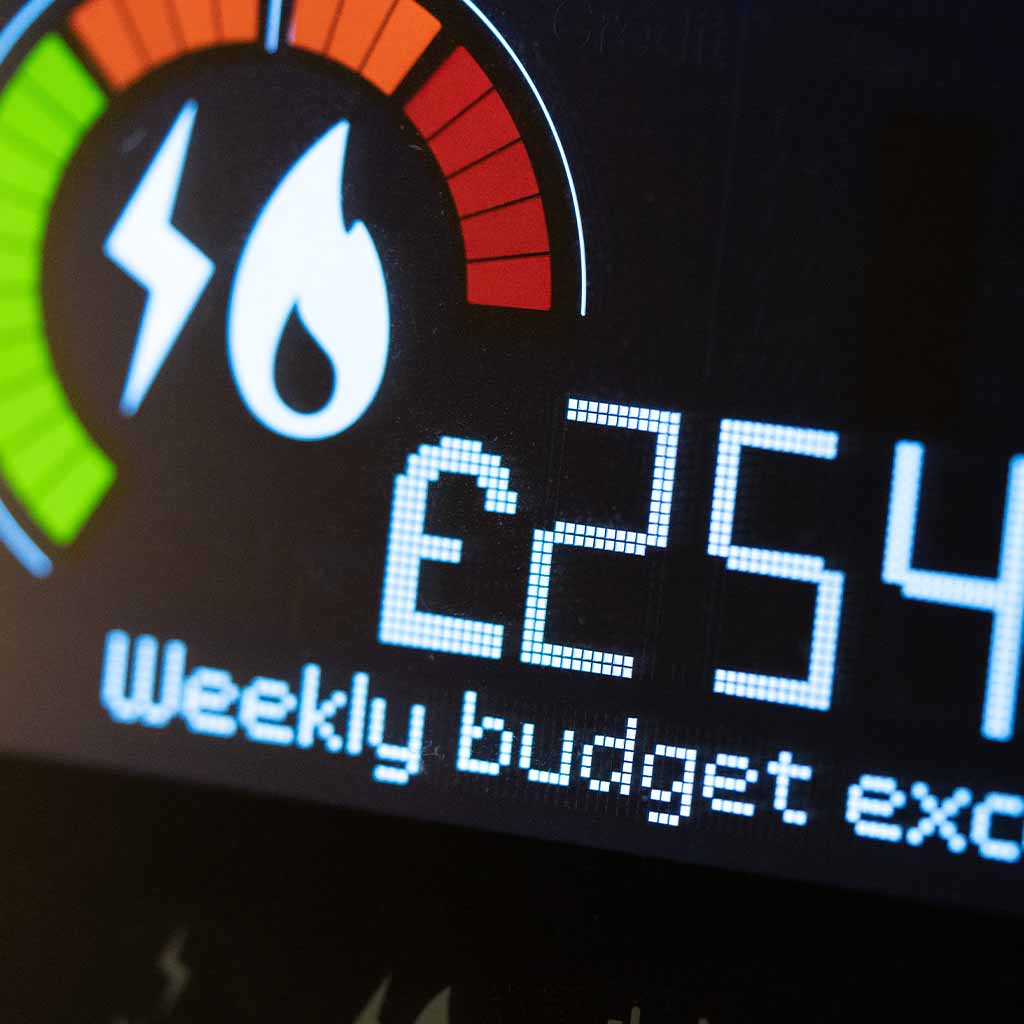

The 2024 Spring Budget
Despite the welcome relief brought by the energy price cap reduction, countless households across the nation continue to grapple with soaring energy bills. This is where the Spring Budget of 2024 comes in, which may serve as a beacon of hope for families navigating the cost-of-living crisis.
What does this entail?
In addition to ongoing reductions in fuel and alcohol duty, starting April 6th, tax relief measures include a 2% decrease in National Insurance contributions. Furthermore, a £500 million scheme will run from April to September, aiding households in England through the Household Support Fund.
What exactly is the Household Support Fund and how does it ease the burden of bills?
The Household Support Fund is designed to help people struggling to cover not only energy bills but also essential needs like water, food, and basic items, the Household Support Fund offers a lifeline. Eligibility isn't limited to those receiving benefits – it extends to anyone vulnerable or facing financial hardship. The specifics of benefits vary by region, so it's advisable to reach out to your local council for details on what you qualify for. Some lesser-known benefits include food vouchers for families during school holidays.
Other tips to keep your energy bills down
Amidst the current cost-of-living challenges, there are numerous strategies to help trim your energy bills:


Turn off vampire devices
Putting something into standby mode is not the same as totally switching off a device or unplugging it. You’re only really putting the device to sleep. This means that it will be drawing down some electricity in the background, which is where the phrase ‘vampire device’ comes from.
The biggest savings can be made from unplugging games consoles, as these can cost as much as £32 a year to keep on standby. Gaming PCs (£21), TVs (£14) and desktop computers (£18) are also big secret energy ‘drainers’.
Even devices such as washing machines and tumble dryers use a tiny bit of power in the background, as do phone and electric toothbrush chargers.
Make smart laundry choices
Small adjustments to your washing routine can lead to significant savings on your energy bill. By following these simple tips, you could potentially save around £24 annually (£36 in Northern Ireland):
- Opt for cooler 30-degree cycles instead of higher temperatures when running your washing machine.
- Trim down your washing machine usage by just one cycle per week throughout the year.


Invest in draught-proofing solutions
Unless you live in a newly built home, chances are you're losing heat through various avenues such as draughty doors and windows or gaps in flooring.
Investing in professional draught-proofing for windows, doors, and sealing cracks in floors and skirting boards can yield significant savings of around £80 annually (£100 in Northern Ireland) on energy bills. While seeking professional assistance may incur a cost of approximately £250, opting for do-it-yourself draught proofing can prove to be a more economical alternative.
Switch to electric heating
Switching to a more efficient heating solution is another way to help reduce energy usage and ultimately running costs. Electric heating is 100% efficient at the point of use, meaning every watt of electricity is converted into usable heat, so there’s zero waste. As a result, you only pay for the energy you’re using, which is better for the environment and your wallet.
Electric radiators offer a great alternative to gas heating. They’re easy to install and maintenance free so you don’t have to worry about annual callout costs. Plus, many of them come with a range of energy-saving features such as WiFi app control, open window detection and weekly programming to help streamline energy consumption.
If you’re looking to take steps towards a more sustainable lifestyle, a switch is certainly worth thinking about as electric heating is completely carbon neutral when paired with a renewable energy source.
Check out our video to learn more about how carbon neutral heating and electric radiators make the perfect pair.
Key learnings
- Energy Price Cap Impact – The April 2024 energy price cap drop of 12% brings relief to British households, promising lighter burdens on monthly budgets alongside the National Insurance reduction to 8%.
- Decrease in Spending Percentage – Brits now allocate about 6.2% of their income to energy bills, down from 7.2% before the recent changes, resulting in an average saving of £209 annually per household.
- Regional Spending Differences – Wales, the Northeast, and the Southwest of England lead in allocating the highest percentage of income towards energy expenses, while London regions spend the least.
- Policy and Household Support – The 2024 Spring Budget introduces measures like a 2% National Insurance decrease and a £500 million Household Support Fund, aiming to alleviate the cost-of-living crisis and provide relief to struggling households.
- Energy-Saving Strategies – Implementing simple yet effective energy-saving strategies can further reduce bills. Tips include unplugging vampire devices, investing in draught-proofing solutions, making smart laundry choices, and switching to energy-efficient electric radiators.
Sources
ONS data on salaries: https://www.ons.gov.uk/employmentandlabourmarket/peopleinwork/earningsandworkinghours/datasets/placeofworkbylocalauthorityashetable7
Spring Budget 2024: https://pm-priorities.campaign.gov.uk/the-spring-budget-2024-what-you-need-to-know/
- Price cap update: Between 1 April to 30 June 2024 the energy price cap is set at £1,690 per year, dropping 12% for a typical household source – https://www.ofgem.gov.uk/energy-price-cap#:~:text=The%20energy%20price%20cap%20is,and%20pay%20by%20Direct%20Debit.
- Typical domestic consumption (kWh) source - https://www.ofgem.gov.uk/sites/default/files/2023-05/TDCV%202023%20Decision%20Letter.pdf
- Cost of gas and electricity and standing charges per region source - https://www.theenergyshop.com/guides/compare-gas-electricity-prices-per-kwh
- Average gross salary per region source - https://www.ons.gov.uk/employmentandlabourmarket/peopleinwork/earningsandworkinghours/datasets/placeofworkbylocalauthorityashetable7
- Energy-saving tips: https://energysavingtrust.org.uk/hub/quick-tips-to-save-energy/






